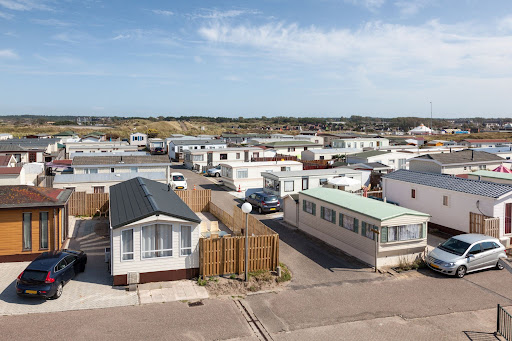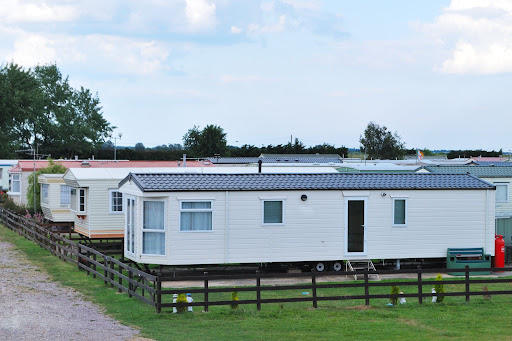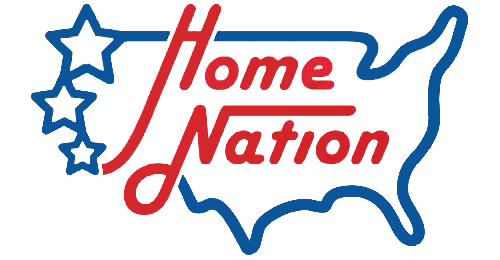
Home is where life stories, dreams, and family legacies begin.
However, homeownership is only possible with a good credit history and mortgage approval. And while new homes are more affordable now than they have been in decades, they are still too expensive for most working-class Americans.
A monthly housing report released by the U.S. Housing and Urban Development and Census Bureau shows that the median price for a new home in June 2021 was $361,800. If you live in a non-metropolitan city, you can get a spacious home for anywhere between $200,00 to $300,000.
Before the coronavirus pandemic, the price of a new home in the United States was well over $400,000.
If you are in the market to buy a home, now is one of the best times in decades.
If you are a working-class American, the American dream of owning a traditional home can remain a dream.
The average American worker barely makes $48,700 per year. And that only averages out to about a weekly $936 weekly check.
Meanwhile, the average American household is struggling under the burden of owing over $92,700 in various debts. Collectively, Americans owe their creditors over $14.2 trillion in debts.
However, if you are an aspiring American homeowner, you should not give up on your dreams of homeownership. Consider investing in a mobile home now. A mobile home, also known as modular or manufactured homes, is constructed wholly or in prefabricated portions in a factory.
They are called mobile homes because, by law, a mobile home must be transported wholly or in prefabricated portions on transport like a wide-load tractor-trailer.
And mobile homes are an affordable investment as an alternative to traditional homes. You can also invest in a mobile home as a starter home investment with a long-term goal of buying a conventional home if desired.
The average price of a mobile home is $78,500. And over 75% of American homeowners who live in a mobile home make less than $50,000 annually.
Shrewd mobile home financing strategies can decrease the average buying price of $78,500 significantly. And you can also save even more money if you opt to buy a used mobile home.
So, what kind of used mobile home financing is available for interested aspiring homeowners?
Before we get into all of that, we must discuss what you need to know about HUD regulations for mobile home construction. What you don't know about it can cost you a lot of money in the long term.
Are you looking for an affordable used mobile home? Contact Home Nation right now.
Related: Lot Rent: A Mobile Home Guide
The HUD Tag
Every mobile home in the United States is built to a quality standard mandated by federal regulatory law as enforced by the United States Housing and Urban Development.
It's a quality control standard in manufacturing that was ratified back in 1976. The HUD regulatory manufacturing standard ensures that American mobile homes are built to last decades if properly maintained.
The HUD tag means that the mobile home meets national safety and livability standards.
So, while this information may seem wonky, or overly technical, you must know about it for your financial benefit.
If you are interested in used mobile home financing, what you don't know could cost you a lot of money. Or outright prevent you from qualifying for any mobile home loans.
If you buy an old model mobile home, you should know these basics.
Let's start with the HUD tag.
The Red Tag
When buying a used mobile home, make sure that you can see a red-colored metal plate affixed near the home's bottom. If you can't find that red tag, it will be impossible to find many mortgage lenders to finance a loan.
On June 15, 1976, the HUD code relating to mobile home construction was ratified into national law. All mobile homes in the United States must be constructed to the standard mandated by the federal HUD regulations.
Local state laws relating to building codes for mobile homes are secondary to the HUD code.
Mobile homes must have a permanent steel chassis affixed to the bottom of them. Although 80% of mobile homes never move, this regulation ensures that they can be moved efficiently and safely.
Mobile homes must be constructed from fireproof and fire-resistant materials that give inhabitants enough time to escape in the case of fire. And all mobile homes must have at least two exterior doors that are far apart from each other and allow for multiple exit routes in an emergency.
After leaving a factory and being shipped to a local region, local building codes can be applied to a mobile home as long as they don't contradict the national HUD code. For example, in hurricane zones, mobile home exteriors are reinforced to withstand hurricane winds.
And in a colder climate, the roofs of all mobile homes must be reinforced to withstand the weight of accumulated snow.
Older model mobile homes needed to have at least 320 square feet of livable space. But now, that space requirement is at least 400 square feet for modern mobile homes.
So, why do you need to know all of this information?
If you are in the market for a used mobile home, your knowledge of this information could make or break your mobile home financing application.
Make sure that the mobile home you plan on buying has the red HUD tag. If you buy an old model mobile, the HUD tag may be colored silver or even pink.
And if your older model mobile home does not have any HUD tag, then very few financial lenders will approve you. And any financier that does approve a loan for you will offer terms that benefit them more than you.
Now, here are some financing tips for older mobile home loans.
Get an Inspection
Make sure that you get a professional contractor to inspect the older mobile home you want to finance. Get a professional appraisal to determine a quantifiable market value for the older model mobile home you want to buy.
In order to qualify for a mortgage, a mobile home must be attached to its foundation. If it isn't connected to a foundation, then it can't be quantified as real estate.
Mobile homes depreciate rapidly. So, you want to know about any issue that may decrease its value before applying for the loan.
Personal Loan
If you buy an older mobile homemade before 1976 or don't have a HUD tag, consider applying for a personal or peer-to-peer loan (P2P).
A personal loan focuses on your qualifying standards relative to your credit history and not the mobile home. Unfortunately, interest rates will be higher. And you will need at least decent credit.
Purchase a Movable Mobile Home

Over 20% of mobile homes in the United States are movable. You can pay DMV fees on them and hitch them up onto a truck to move from one trailer park to another.
You can apply for a P2P or personal loan to get a transportable mobile home. However, you may need at least a 5% down payment and pay higher interest rates. Financing a personal loan for a movable mobile home is seen as a risk to financial lenders.
You may qualify for an FHA loan to buy a movable mobile home.
Traditional Mortgage

If the mobile home is attached to a permanent foundation and has a HUD tag, you should qualify for a traditional mortgage. In this circumstance, the mobile home can be qualified as real estate.
You can apply for mobile home financing via a government-backed mortgage, Fannie Mae, Freddie Mac, FHA, USDA, or the VA.
Most mobile home financing applications offer anywhere between $50,000 to $100,000 in loans.
Are you looking for a quality older model mobile home? Contact Home Nation today.
Related: Living in a Mobile Home: The Ultimate Beginners Guide





